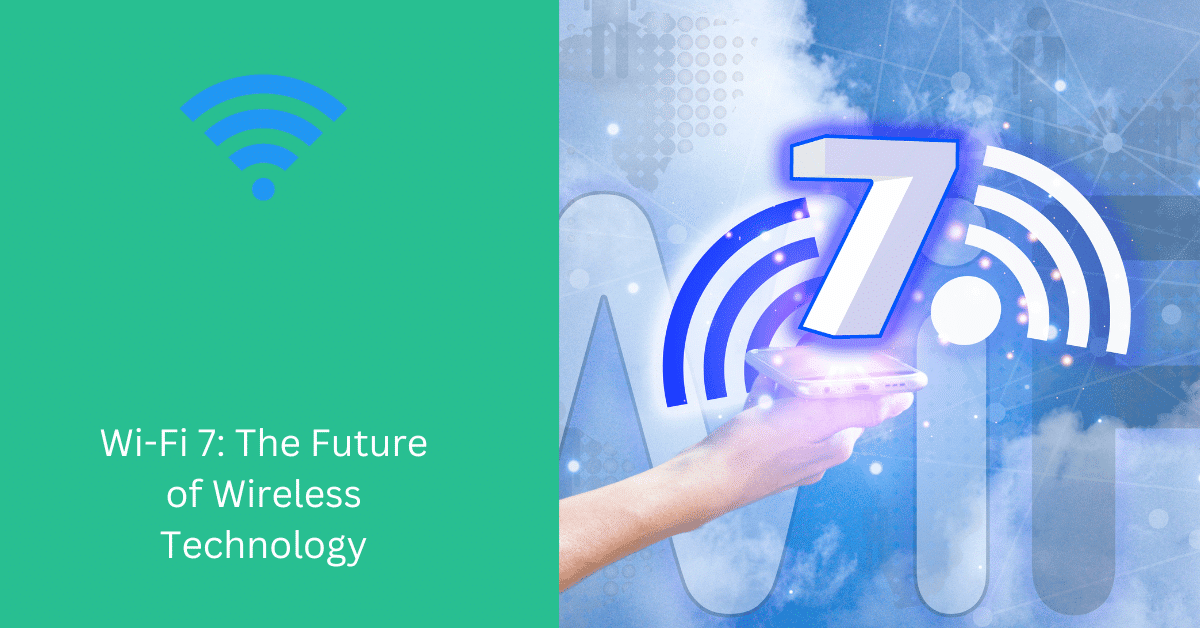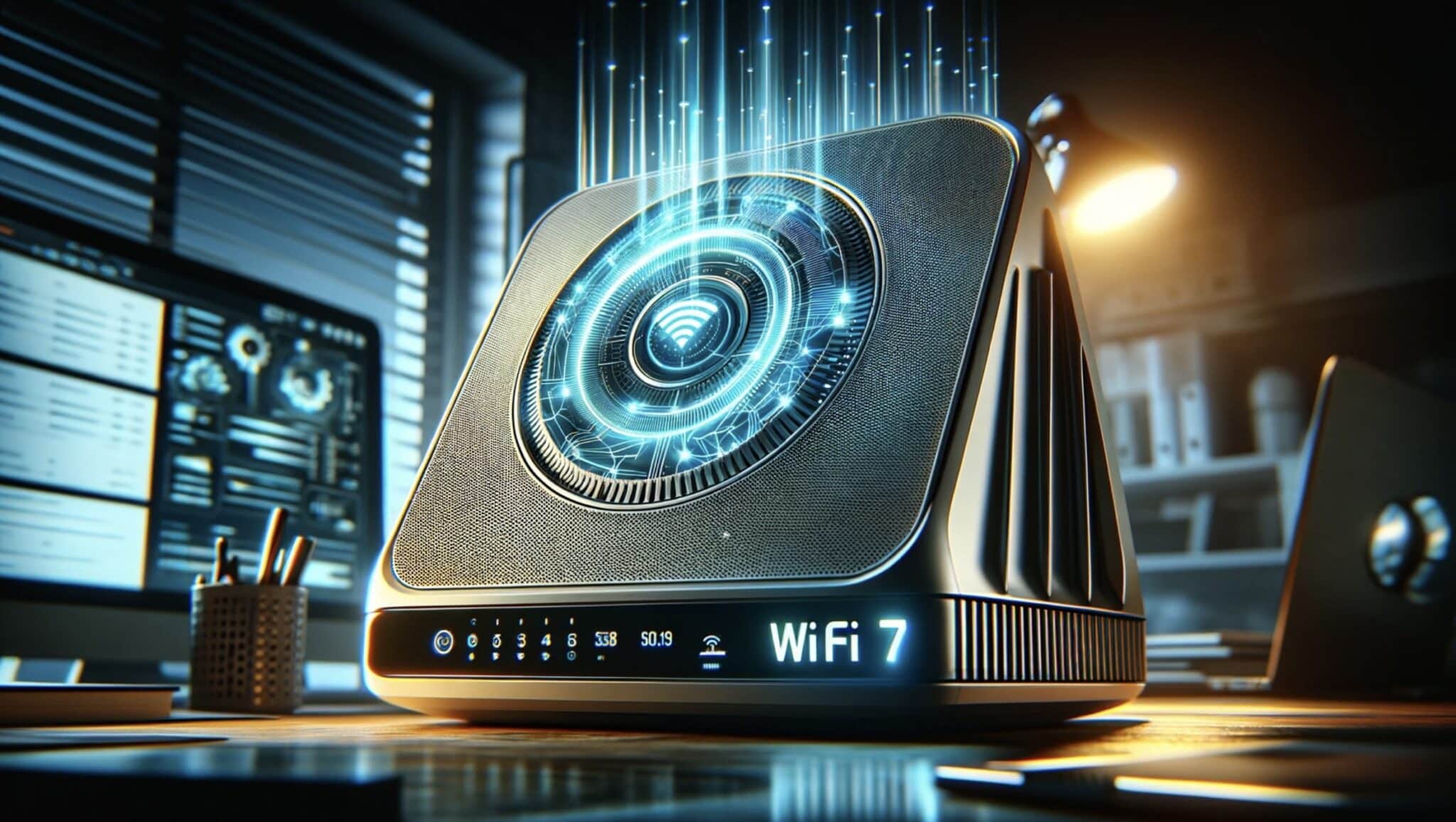
- What are the key features and improvements of Wi-Fi 7 compared to its predecessors?
- How does Wi-Fi 7 achieve its significantly higher speeds, and what are the implications for high-bandwidth applications?
- In what ways does Wi-Fi 7’s operation across multiple frequency bands enhance wireless connectivity and coverage?
- How does Wi-Fi 7 handle multiple devices connected to the same network, and what benefits does this offer in multi-device environments?
- How can the use of proxy servers enhance the performance and security of Wi-Fi 7 networks?
The world of wireless technology is on the brink of a significant evolution with the introduction of Wi-Fi 7, the seventh generation of Wi-Fi. This advanced standard is set to redefine our expectations of wireless internet by delivering unprecedented speed, enhanced frequency ranges, and improved data handling. In this article, we delve into the specifics of Wi-Fi 7, exploring its revolutionary features and how it stands to transform our digital experiences.

Unprecedented Speeds with Wi-Fi 7
Breaking Speed Barriers
Wi-Fi 7 promises a quantum leap in terms of speed, reportedly being five times faster than its predecessor. With potential speeds reaching up to 40 Gbps, it is poised to revolutionize how we interact with digital content. This increase in speed is primarily attributed to more efficient data encoding, which allows more data to be transmitted in the same radio waves.
Implications for High-Bandwidth Applications
Such speeds are not just numbers on paper; they translate into tangible benefits for users. High-definition video streaming, large file downloads, and demanding online gaming would experience significantly reduced latency. This opens new possibilities for applications like virtual reality (VR) and augmented reality (AR), where seamless data transmission is crucial for immersive experiences.
Enhanced Frequency Ranges
Tri-Band Functionality
One of the standout features of Wi-Fi 7 is its ability to operate across three frequency bands: 2.4 GHz, 5 GHz, and 6 GHz. This tri-band approach not only broadens the coverage area but also alleviates congestion by efficiently distributing network traffic.
Table 1: Frequency Band Comparison
| Frequency Band | Characteristics |
|---|---|
| 2.4 GHz | Wider coverage, susceptible to interference |
| 5 GHz | Faster, less prone to interference, shorter range |
| 6 GHz | Optimal for high-speed connections, minimal interference |
Increased Coverage and Reliability
The inclusion of the 6 GHz band is particularly significant as it offers cleaner spectrum with less interference from other devices, enhancing both the speed and reliability of connections. This development is especially beneficial in dense urban environments where wireless traffic is typically congested.
Advanced Data Handling

Multi-Stream Efficiency
Wi-Fi 7’s capability to handle up to 16 spatial streams is a remarkable advancement. This means the router can simultaneously send and receive multiple streams of data, increasing overall network efficiency.
Table 2: Spatial Stream Benefits
| Number of Streams | Benefits |
|---|---|
| Up to 16 | Enhanced connection stability, better performance with multiple devices |
Application in Multi-Device Environments
This feature is particularly relevant in modern homes and offices where multiple devices are connected to the same network. Each device can have its dedicated stream, ensuring stable and fast connections even in heavy usage scenarios.
Wi-Fi 7 and Proxy Servers: A Synergistic Relationship
Enhancing Security and Performance
Proxy servers can play a pivotal role in conjunction with Wi-Fi 7, particularly in terms of security and network management. By directing Wi-Fi traffic through a proxy server, users can benefit from an additional layer of security, as the proxy can filter out malicious content and prevent cyber threats.
Optimizing Connectivity
Furthermore, proxy servers can enhance connectivity by caching frequently accessed content, thereby reducing load times and conserving bandwidth. This is particularly beneficial in corporate settings, where network efficiency and security are paramount.

Conclusion
Wi-Fi 7 is not just an incremental update; it’s a transformative leap forward in wireless technology. Its blazing-fast speeds, expanded frequency range, and advanced data handling capabilities make it an ideal solution for the ever-growing demands of modern digital life. By integrating with tools like proxy servers, Wi-Fi 7 can offer not only speed and efficiency but also enhanced security and network management. As we step into the era of Wi-Fi 7, we are looking at a future where wireless connectivity is faster, more reliable, and more versatile than ever before.





